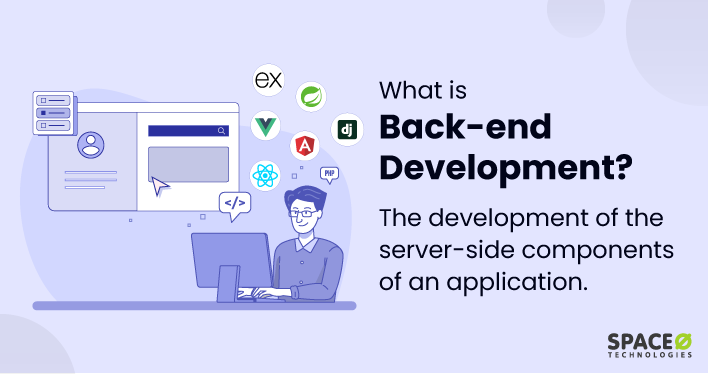Tube Rank: Your Guide to Video Success
Discover tips and insights for optimizing your video presence.
The Secret Life of APIs
Uncover the hidden powers of APIs! Explore how they shape the digital world and transform our daily lives in unexpected ways.
What Are APIs and How Do They Work Behind the Scenes?
APIs, or Application Programming Interfaces, serve as a bridge between different software applications, enabling them to communicate and share data seamlessly. Imagine an API as a waiter in a restaurant: the waiter takes your order (request) and delivers it to the kitchen (the server/application), then brings back your food (response). This standardized communication protocol simplifies interactions by allowing developers to leverage pre-built functions or data structures without needing to understand the intricacies of the underlying systems. As a result, businesses can create more integrated and efficient applications, paving the way for improved user experiences.
Behind the scenes, APIs work through a series of steps that involve requesting and delivering data. When a request is made to an API, the server processes it and returns a response in a structured format, usually JSON or XML. This response contains the relevant data that the requesting application needed. Additionally, APIs can handle various functionalities through different HTTP methods such as GET for retrieving data, POST for adding new data, PUT for updating existing data, and DELETE for removing data. By utilizing APIs, developers can enhance their applications’ capabilities without starting from scratch, fostering a more collaborative tech ecosystem.

The Hidden Power of APIs: Unlocking Automation and Integration
In today's digital landscape, the integration of APIs (Application Programming Interfaces) unlocks the potential for unprecedented automation and seamless connectivity between disparate software systems. By providing a standardized way for different applications to communicate, APIs empower businesses to streamline their operations and enhance productivity. For instance, companies can utilize APIs to automate data transfers between their CRM and marketing platforms, reducing manual effort and minimizing the risk of errors. The hidden power of APIs lies in their ability to act as the backbone of modern automation strategies, facilitating real-time updates and enhancing collaboration across teams.
Moreover, the versatility of APIs allows for the integration of various functionalities that can be tailored to business needs. Organizations can leverage third-party APIs to enrich their own applications with features such as payment processing, data analytics, and social media sharing. This not only accelerates development but also fosters innovation by enabling businesses to access a wealth of external resources without reinventing the wheel. By unlocking the potential of APIs, companies can create a cohesive digital ecosystem that drives efficiency, boosts user engagement, and ultimately leads to increased revenue opportunities.
Common Myths About APIs Debunked: What You Need to Know
Application Programming Interfaces, commonly known as APIs, are often surrounded by misconceptions that can lead to confusion. One prevalent myth is that APIs are only relevant for large tech companies. In reality, APIs are valuable tools for businesses of all sizes, enabling seamless communication between different software applications. This integration fosters innovation and allows smaller companies to leverage existing platforms, ultimately enhancing their service offerings.
Another myth is that APIs are inherently complex and require extensive programming knowledge to utilize effectively. While it's true that some APIs may be technically intricate, many modern APIs are designed with user-friendliness in mind. Numerous resources, including comprehensive documentation and community support forums, make it accessible even for those with limited coding experience. By breaking down these myths, businesses can better appreciate the potential of APIs in enhancing their operational efficiency and expanding their digital capabilities.